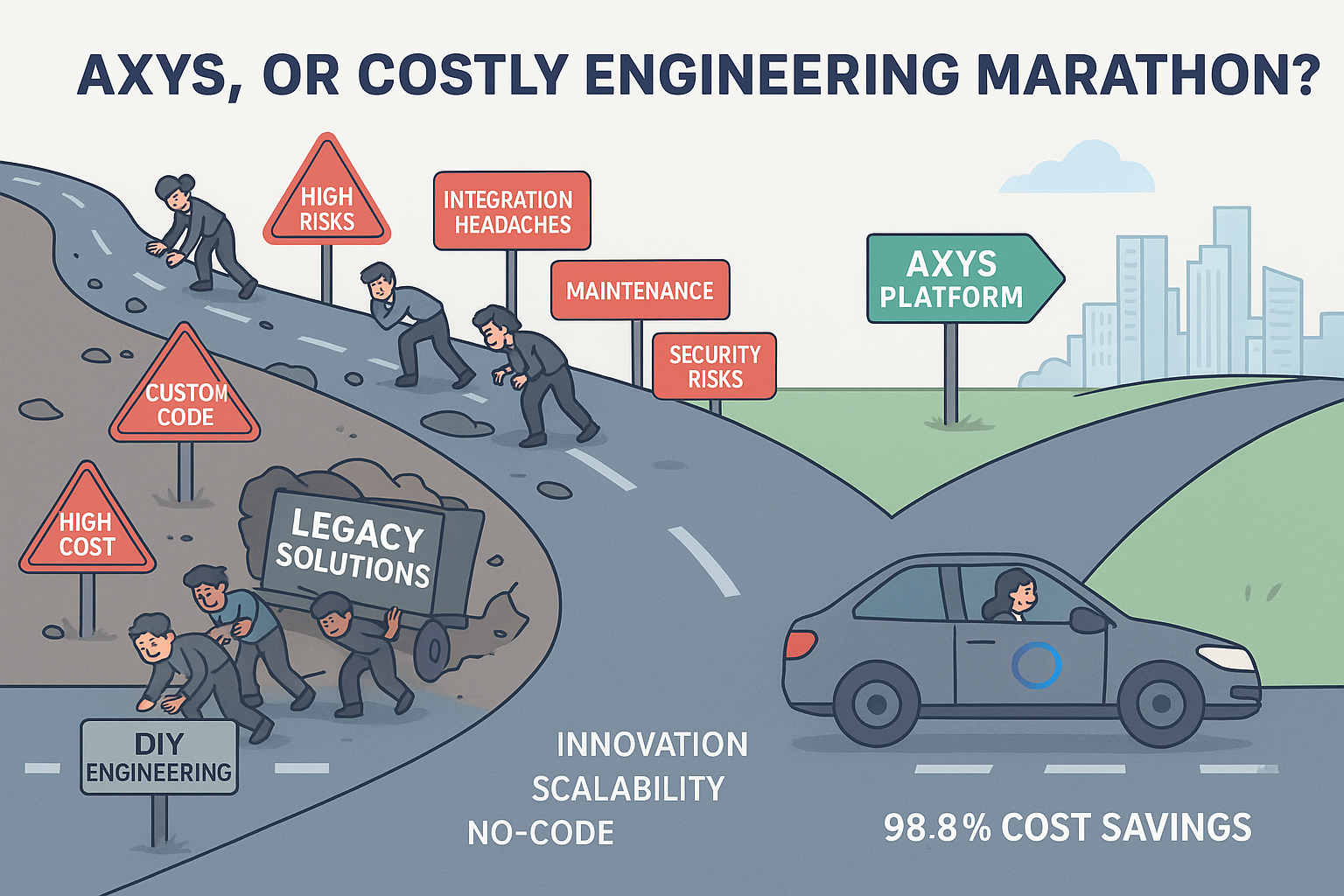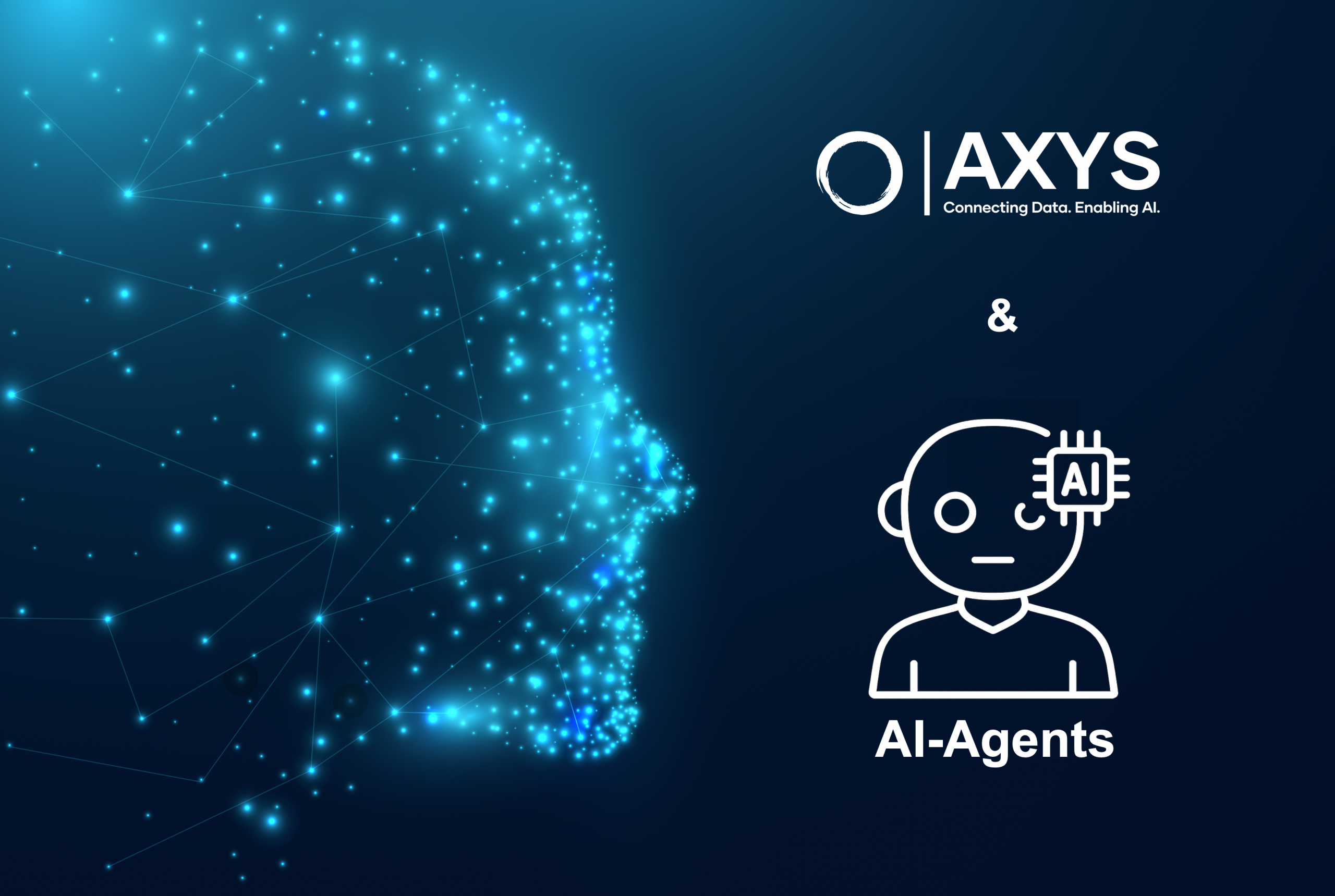Data Fabric
Data Fabric has become the driving force behind enterprise IT, facilitating a new way of operating in the modern digital workplace. Modern data fabric provides businesses of all sizes to make use of their own data in near real-time without the need for complicated solutions. It is one technology that has enabled organizations to increase operational agility and scalability with less complexity and cost. The solution is very timely during the current economic downturn. This article will explore how data fabrics are revolutionizing the next generation of Enterprise IT.
1. Eliminates Traditional Data Silos
Data silos exist when different parts of an organization cannot access shared information between departments and lines of business. Utilizing data fabrics makes accessing up-to-date information across all areas easy while allowing customers and suppliers easy access too. This helps organizations operate more efficiently by quickly understanding changing customer needs or supplier forecast changes; something traditional manual processes can’t do in today’s competitive environment.
2. Increases Productivity
By streamlining operations with automated processes, and leveraging shared insights gathered from data fabrics, enterprise businesses can increase their productivity through predictive analysis delivered at scale – fast! These insights enable organizations to find problematic components or bottlenecks in the system before they occur and resolve them quickly, reducing risk and mitigating costs associated with downtime or lost revenue from production errors or performance issues due to unforeseen difficulties caused by manual processes.
3. Enhances Security & Compliance
Data Fabrics inherently build security into their architecture as part of its purpose is to store and share sensitive enterprise material across divisions securely using numerous layers of sophisticated encryption methods before it ever reaches endpoint networks so nothing can be stolen or exposed along the way without strict permission sets being met first making it much harder for malicious attackers to gain access than conventional solutions have opened up in past years.
In addition to this, they also add compliance into the mix as digital regulations such as GDPR require companies needing space to know exactly who is accessing ‘what’ at any given time, meaning organizations must verify users according to rules set out by regulatory bodies which
Data Fabrics help facilitate more easily here too as part of their setup process by providing authentication systems such as OAuth2 & OpenID Connect protocols that ensure only authorized users are able to gain access appropriately to corporate assets under law.
Author: Axys Editorial
Copyright Silicon Valley Cloud IT, LLC


